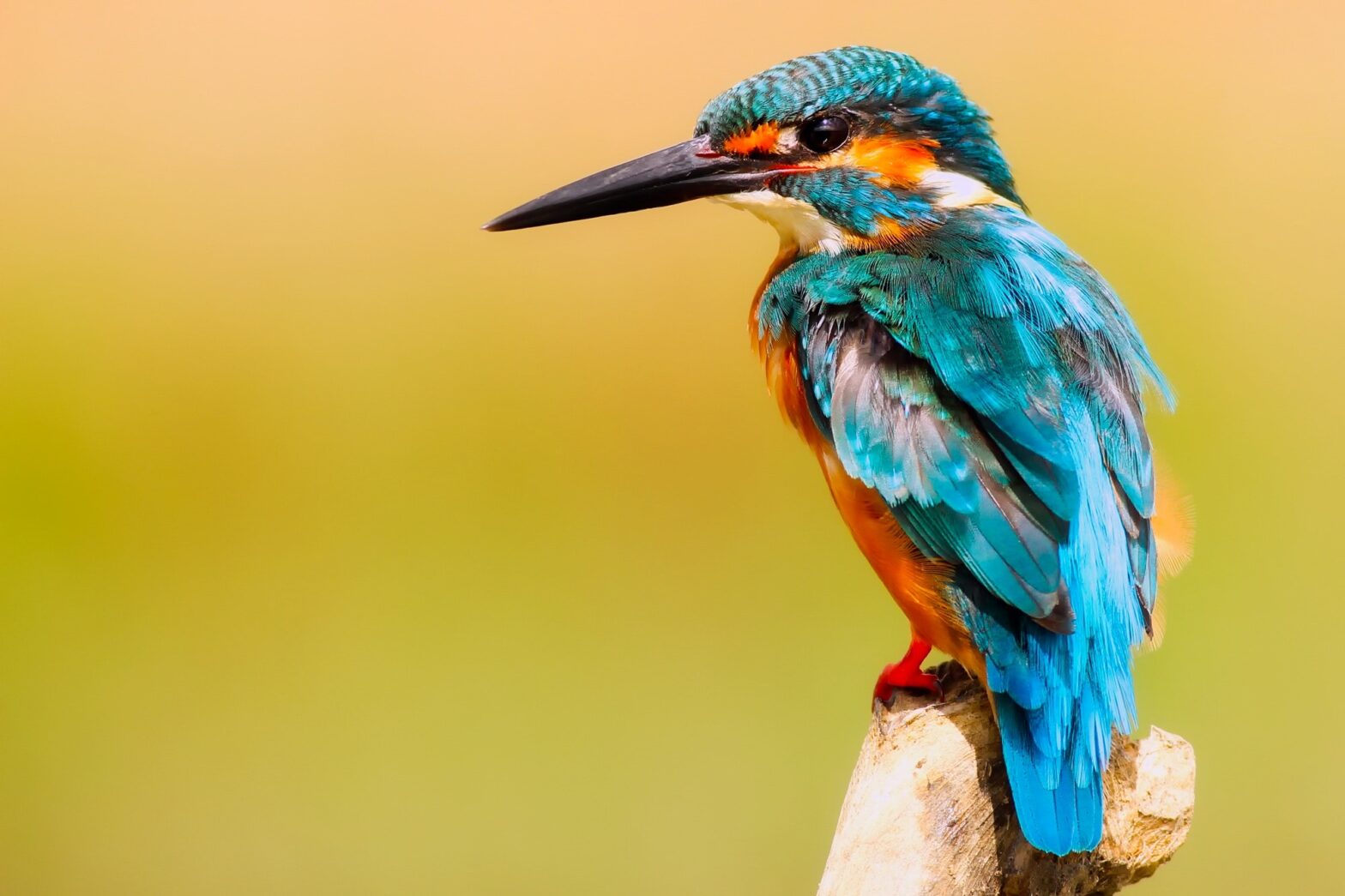Did you know that vision loss does not mean you can no longer watch birds? Donna Posant is blind, and she teaches birding workshops through Opportunities Unlimited for the Blind in Iona, Michigan. She has been featured on CBS news and through the Cornell Lab of Ornithology newsltter. Says Posant: “Without sight, our other senses are fine tuned to nature’s rhythms and we find ourselves in harmony as she reveals herself to us through touch, sound, and scent.” Of course Posant is not the only birders with a vision impairment. Michael Hurban, who has retinitis pigmentosa, can be found blogging on birdability.org. Birdability lists many other sources of information on low vision birding as well including a list of helpful apps.
Low Vision Birding Tips:
• Try to orient yourself so the sunlight (or other light source) is behind you to minimize the effects of contrast and glare when you’re looking at the bird.
• Keep watching for movement; it’s the easiest way to locate birds.
• Binoculars create a narrow field of view: it may find easier to use a digital camera with a zoom lens. As you look through the camera you can keep in the bird in the frame as you zoom in.
Other Resources:
Birding Tools podcast episode “Learning Bird Sounds and Mnemonics”
provides helpful tips and fun ways to remember common bird calls.
National Audubon website: articles on birding by ear
National Library Service for the Blind and Print Disabled Birding
page: audio and braille information
